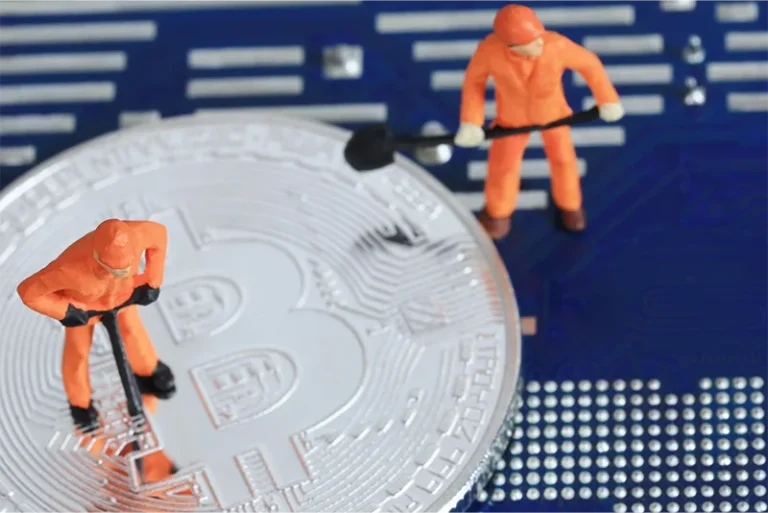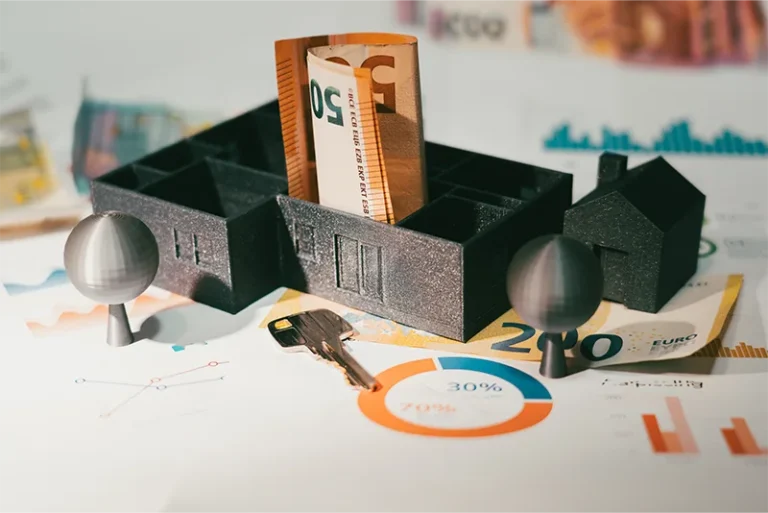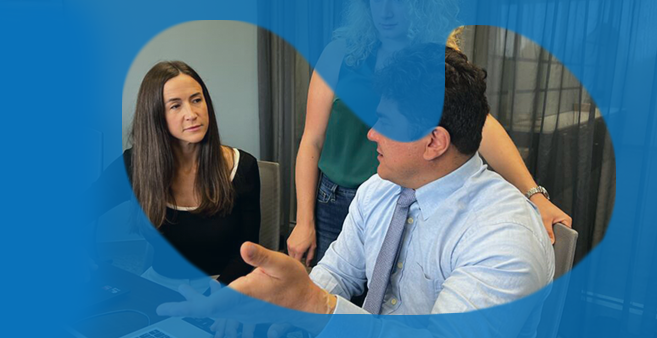
T7X
12 December, 2024
Tokenization of real-world assets (RWAs) and traditional asset securitization both aim to make assets more accessible and liquid, but they differ significantly in terms of technology, cost, transparency, and investor access. While securitization has long been a cornerstone of the financial world, blockchain-based tokenization offers a modern approach that can transform asset management, ownership, and investment. Below are the key differences that set these two methods apart.
The curve. Whether you're looking to streamline operations, enhance customer experiences, or explore new market opportunities, our tailored solutions are designed to empower your business to achieve unparalleled success. With a focus on sustainability, scalability, and adaptability, we help your business.
Securitization abstracts risk with paper; tokenization exposes state in code. Transparency is the advantage—if you design for it.
T7X Research
Tokenization vs. securitization: what truly differs
Both approaches pool assets and distribute exposure, but tokenization uses on‑chain primitives to reduce friction and expand access. Securitization relies on intermediaries and paper‑based processes; tokenization embeds rules in code and exposes real‑time state.


Lastly, effective leadership that inspires and motivates employees, customers, and stakeholders is essential in steering the business toward achieving its full potential. By applying these lessons, businesses can unlock new opportunities, overcome obstacles, and reach new levels of success.
- Settlement: T+days vs near‑instant on‑chain
- Transparency: periodic reports vs live on‑chain state
- Access: accredited desks vs global, verified wallets
- Costs: multiple intermediaries vs automated workflows
- Programmability: static docs vs smart‑contract logic
- Liquidity: dealer markets vs interoperable venues
- Compliance: after‑trade checks vs enforced transfer rules
Conclusions
Tokenization modernizes the core mechanics of distributing asset exposure. When paired with rigorous legal structuring and compliance, it offers lower friction, richer transparency, and broader access than traditional securitization workflows.




